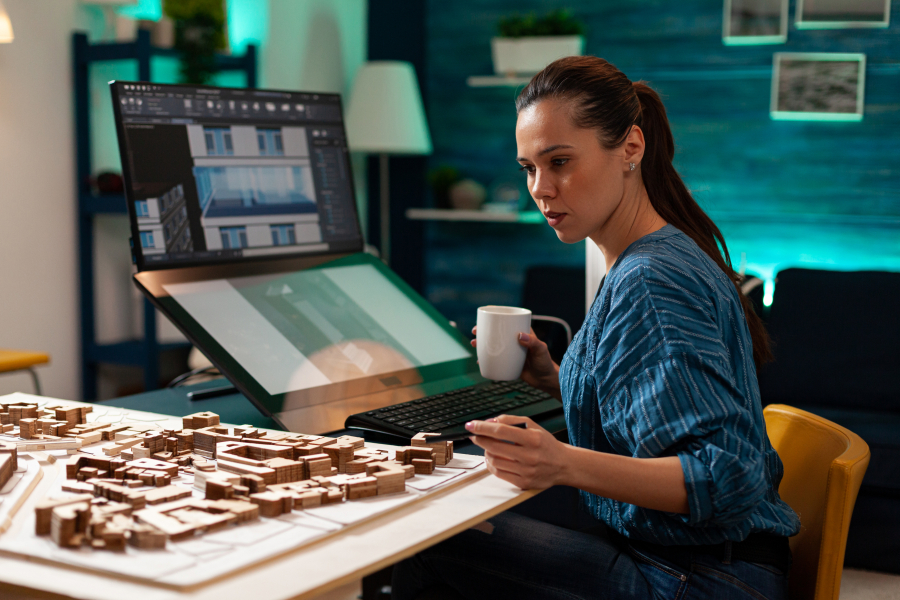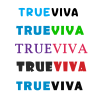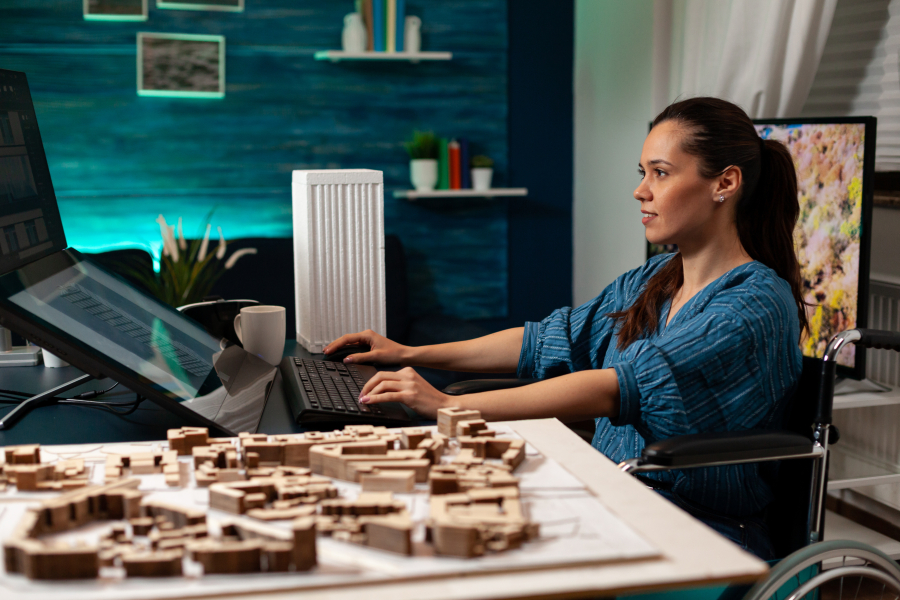How to Incorporate Smart Home Technology in Interior Design
In today’s digital era, interior design is no longer limited to aesthetics and space planning—it has evolved into creating homes that are not only beautiful but also intelligent. Smart home technology has become a defining feature of modern living, offering homeowners convenience, efficiency, security, and a futuristic lifestyle. For freelance interior designers, knowing how to incorporate smart devices into design projects is no longer optional; it’s essential to meet client expectations. This article explores how you can seamlessly integrate smart home technology into your interior design projects while maintaining functionality and visual harmony.
Long Description:
Why Smart Home Technology Matters in Interior Design
Smart home technology is transforming how people interact with their living spaces. From voice-controlled lighting to AI-powered climate systems, clients now want interiors that adapt to their needs. Freelance interior designers who can merge design creativity with technological innovation gain a competitive edge. By incorporating smart systems, you enhance comfort, promote energy efficiency, and future-proof the home.
Key Benefits of Integrating Smart Technology into Interior Design
Convenience and Lifestyle Upgrade – Smart lighting, voice assistants, and home automation bring everyday tasks under one touch or voice command.
Energy Efficiency – Smart thermostats and automated lighting systems help homeowners save on utility bills while reducing environmental impact.
Enhanced Security – Video doorbells, smart locks, and surveillance systems add a layer of safety without compromising aesthetics.
Resale Value – Homes equipped with smart features are more attractive to modern buyers, boosting long-term property value.
Customization and Flexibility – Clients can personalize their living experience with app-based or AI-driven controls.
How Freelance Designers Can Seamlessly Incorporate Smart Tech
1. Smart Lighting Solutions
Lighting is a key element in interior design, and integrating smart lighting allows you to create dynamic atmospheres. Options like dimmable LED systems, motion sensors, and voice-activated lights can be concealed elegantly within design concepts.
2. Smart Climate Control
Smart thermostats and automated window blinds allow designers to blend sustainability with comfort. They can be installed subtly, ensuring technology enhances the room without being visually dominant.
3. Smart Kitchens
From Wi-Fi-enabled ovens to touchless faucets, kitchens are evolving into tech hubs. Interior designers should ensure appliance placement complements the flow of the space while still showcasing innovation.
4. Home Entertainment Systems
Incorporating smart TVs, sound systems, and hidden wiring solutions enhances media rooms without clutter. Built-in speaker systems can be integrated seamlessly into walls or ceilings.
5. Smart Security Features
Freelance designers should prioritize safety by incorporating smart locks, cameras, and motion sensors into design without compromising the home’s aesthetic.
6. Voice-Control Integration
Voice assistants like Alexa, Google Home, or Apple HomePod can be designed as focal points or hidden within the décor, depending on the client’s preference.
7. Smart Furniture and Décor
Emerging trends include furniture with built-in charging ports, wireless charging tables, and mirrors with digital displays. Freelancers can creatively suggest these features for modern, tech-savvy clients.
Challenges Freelancers May Face and How to Overcome Them
Balancing Aesthetics with Technology – Not all smart devices are visually appealing. Opt for customizable designs or hidden installations.
Budget Constraints – Smart tech can be expensive. Freelancers should suggest scalable options that allow clients to upgrade over time.
Compatibility Issues – Different brands may not sync together. Designers should recommend ecosystems (like Google, Apple, or Amazon) for smooth integration.
Keeping Up with Trends – Technology evolves quickly, so freelancers should continuously update their knowledge to deliver cutting-edge designs.
Future of Smart Home Technology in Interior Design
The future of interior design will be deeply intertwined with automation, artificial intelligence, and sustainability. Augmented reality (AR) and virtual reality (VR) tools will allow freelancers to present smart designs in immersive ways. Additionally, eco-friendly smart solutions like solar-powered systems and energy-tracking devices will continue to grow in demand.
Practical Tips for Freelancers
Stay updated with the latest smart home devices.
Collaborate with tech installers to ensure seamless integration.
Present clients with mood boards showcasing design + tech.
Offer scalable solutions for different budgets.
Highlight the long-term value of investing in smart homes.
Conclusion
As a freelance interior designer, your role goes beyond creating visually appealing spaces—you are shaping how clients live and interact with their environment. By incorporating smart home technology thoughtfully, you not only enhance comfort and efficiency but also future-proof the living space. The key is to balance aesthetics with innovation while tailoring solutions to client needs. Embracing smart design is no longer optional; it’s the next big step in establishing yourself as a forward-thinking freelancer.


 by Emily
by Emily




